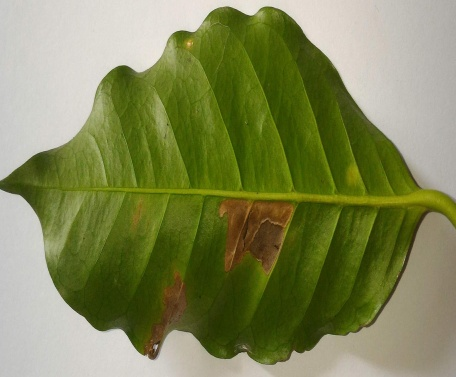I have an interesting problem related to training the model on two different datasets for the target feature on images taken on different conditions, which might affect the model's ability to generalize.
To explain I will give examples of images from the two different datasets.
Dataset 1 sample image:
Dataset 2 sample image:
As you see the images are captured in two completely different conditions. I am afraid that the model will infer from the background information that it shouldn't use to predict the plant diseases, what makes the problem worse is that some plant diseases only exist in one dataset and not the other, if all the diseases are contained in both datasets then I wouldn't think there would be a problem.
I am assuming I need a way to unify the background by somehow detecting the leaf pixels in the images and unifying the background in a way that makes the model focuses on the important features.
I've tried some segmentation methods but the methods I tried don't always give desirable results for all the images.
What is the recommended approach here? All help is appreciated
Further explanation of the problem.
Ok so I will explain one more thing, my model on the two datasets works fine when training and validating, It got a 94% accuracy.
The problem is, even though the model performs well on the datasets I have, I am afraid that when I use the model on real-life conditions (say someone capturing an image with their phone) the model will be heavily biased towards predicting labels in the second dataset (the one with actual background) since the background is similar and it somehow associated the background with the inference process.
I have tried downloading a leaf image of a label that is contained on the first dataset ( the one with the white background), where the image had a real-life background, the model as expected failed to predict the correct label and predicted a label contained in the second dataset, I am assuming it was due to the background. I have tried this experiment multiple times, and the model consistently failed in similar scenarios
I used some Interpretability techniques as well to visualize the important pixels and it seems like the model is using the background for inference, but I am not an expert in interpreting these graphs so I am not 100% sure.






